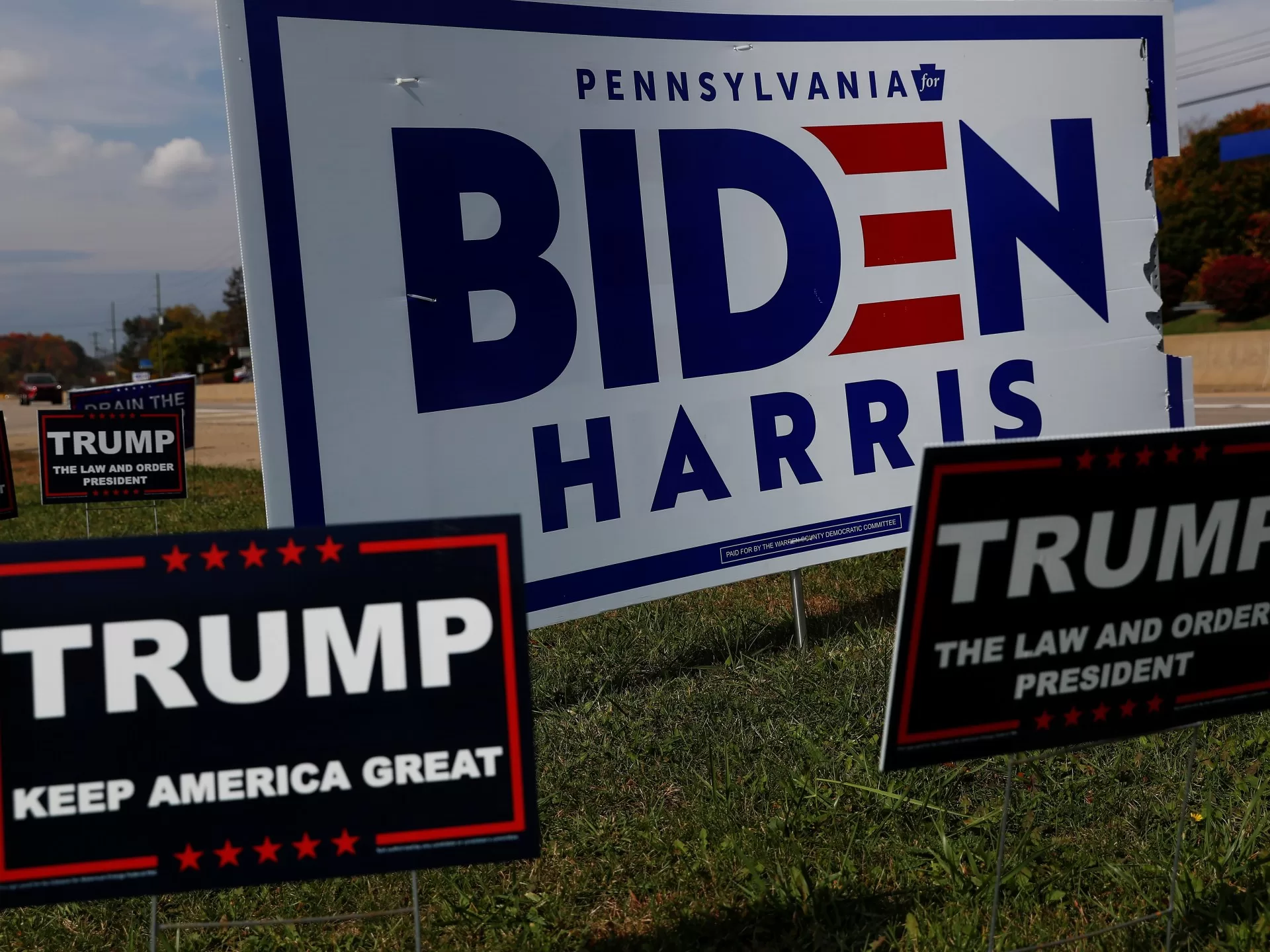EXPLAINER
Conventions are where US political parties officially choose their presidential candidates. But how do they work?
One by one, states across the United States hold primaries and caucuses in the lead-up to a presidential election, allowing voters to weigh in on their favourite major-party candidates.
But those state-level votes ultimately culminate in a single event: the party convention.
It is at those conventions that the Democratic and Republican parties generally confirm their respective nominee for the presidency, based on the outcome of the primaries and caucuses.
Last month, Donald Trump was officially named the Republican nominee at a convention in Milwaukee, Wisconsin. Now, it is the Democrats’ turn, as the party gathers next week in Chicago, Illinois, to hold its convention.
The meeting concludes on August 22, with Kamala Harris set to take the stage to rally Democrats behind her White House campaign.
So how do the national conventions work?
Elaine Kamarck, a senior fellow in governance studies at the Brookings Institution, described the conventions as “the last word” in the presidential nomination process.
“The legal authority for choosing the nominee of the party is with the convention, not actually with the primary voters.”
Each convention includes a series of procedural votes, including on event rules and the party’s platform, but the main event is undoubtedly the presidential nomination.
The nomination is confirmed in what’s called a “roll call”, where each state announces from the convention floor how many delegates it is awarding the nominees.
Delegates are generally assigned to vote for a candidate according to their state’s primary or caucus results. A certain number of delegates, however, are “unpledged”, which means they can cast their vote however they please.
If a candidate wins a majority of the delegates, they win the nomination.
In some election years, including 2024, this process is considered largely ceremonial because the presumptive nominees are known before the conventions are even held.
Harris was confirmed as the Democratic nominee after winning an early virtual roll call. A “ceremonial” roll call with still happen at the Chicago convention, though.
To sum it up another way: The party conventions involve a lot of procedures and ceremony, but they typically mark the last step in the Republican and Democratic parties’ presidential nomination process.
In effect, the conventions are an opportunity for Republicans and Democrats to unite around their respective picks and build enthusiasm before an election.
Presidential nominees also have historically announced their choice for vice president at the party conventions, adding to the buzz.
Party conventions didn’t always hold such a prominent place in presidential races, though.
US presidential nominees were once chosen by their respective parties behind closed doors.
That changed in the 1830s, when both the Republicans and Democrats began holding conventions to decide who would seek the presidency.
Those early conventions were different from the ones we know today: States did not hold primaries or caucuses for many of the first conventions, meaning the nominees were chosen by key members of each party rather than as a result of popular votes.
